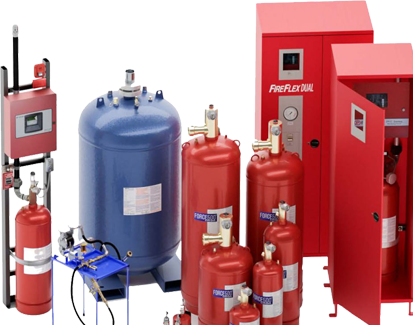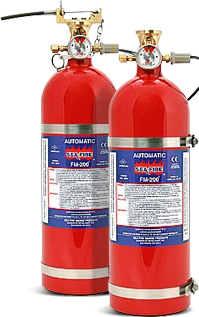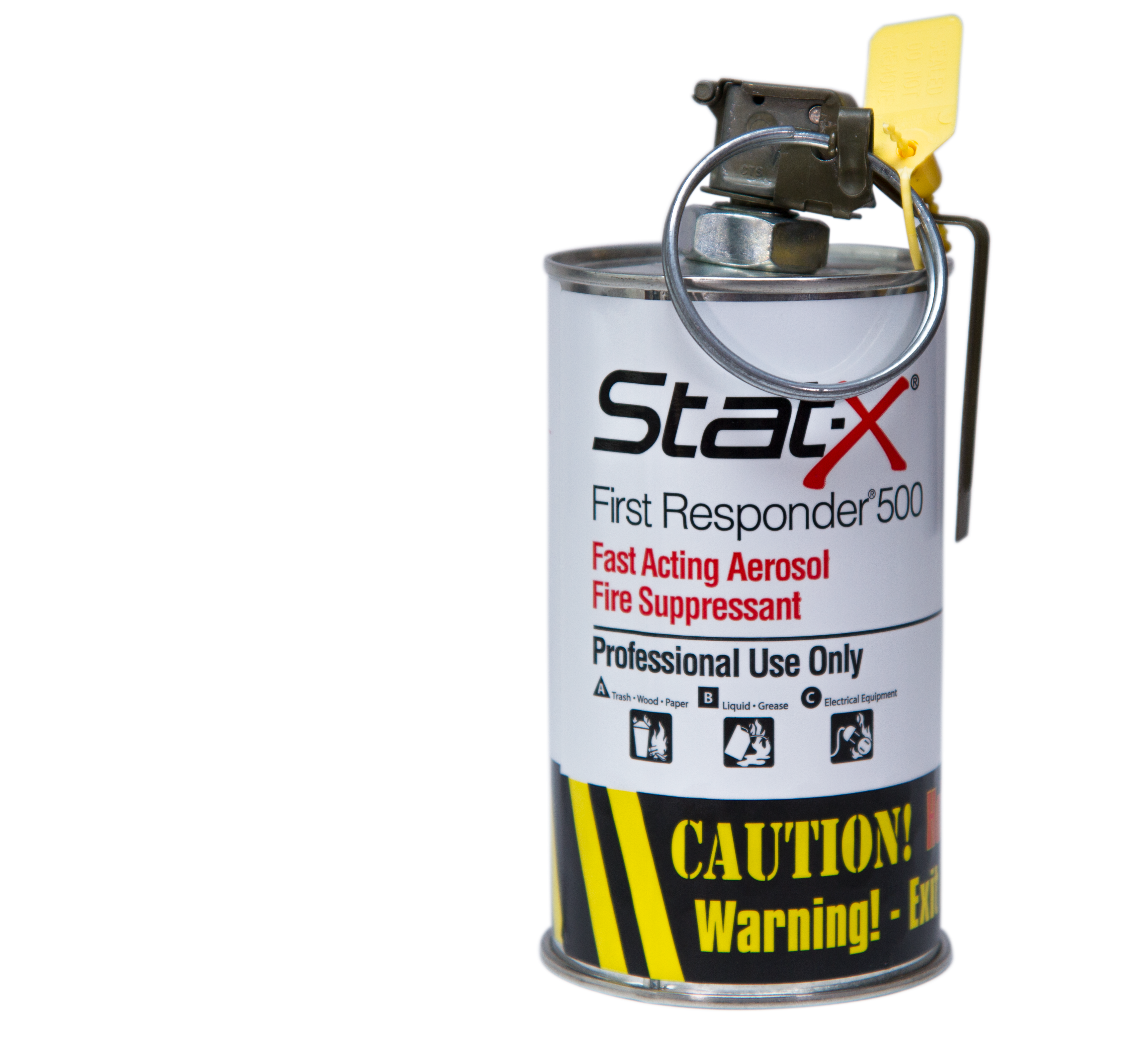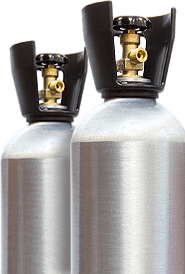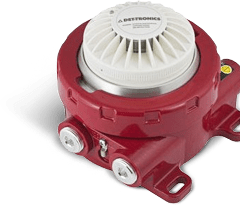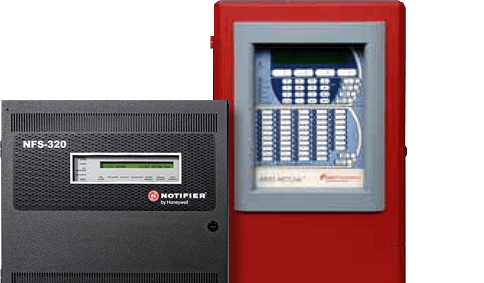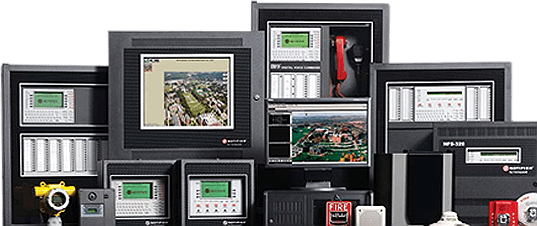How Can Healthcare Facilities Ensure Fire Safety in Critical Environments?
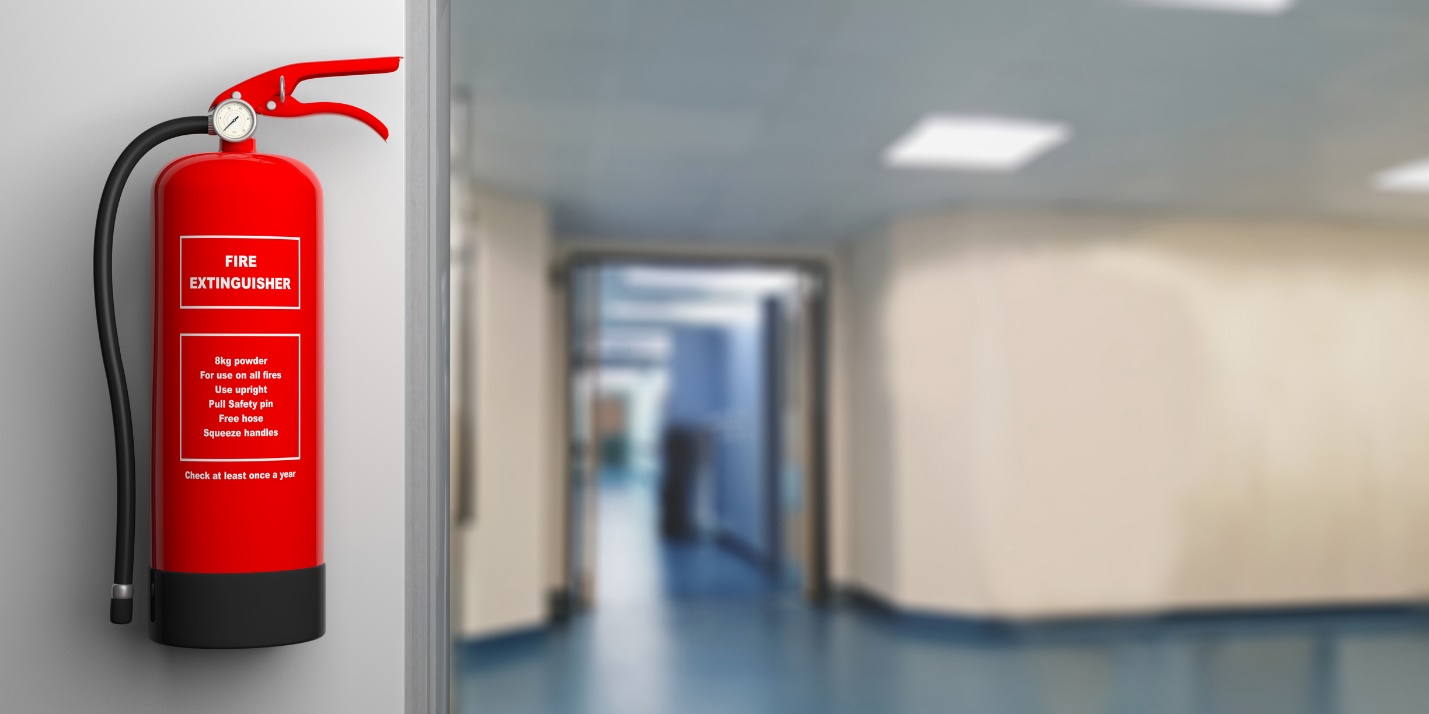
In the world of healthcare, where every second can be a matter of life or death, the significance of fire safety cannot be overstated. Protecting patients, staff, and valuable medical equipment from fire hazards demands not only compliance with stringent regulations but also a proactive approach to safety management. The question then becomes, how can healthcare facilities safeguard their environments against the devastating impact of fire?
Key Fire Safety Measures for Healthcare Facilities
Ensuring comprehensive fire safety in healthcare facilities involves integrating advanced alarm systems, robust fire suppression solutions, and meticulously planned emergency evacuation protocols. Alarm systems should be extensive and responsive, covering all facility areas and using the latest technology for swift smoke and heat detection. These systems need to be integrated with the facility's communication systems to ensure prompt alert dissemination.
Explore further
Fire suppression approaches like clean agent and gas-based systems are critical in areas with sensitive equipment and vulnerable populations, as they extinguish fires without causing collateral damage. Sprinkler systems can also be effectively used in less sensitive areas. Emergency evacuation protocols must consider the mobility and health constraints of patients, including tailored plans for different wards, regular staff training, and frequent drills. These combined measures enhance the safety and security of both patients and staff in healthcare settings.
Alarm Systems
Alarm systems in healthcare settings play a crucial role as the primary line of defense against fires, where high reliability and swift detection are imperative. These systems must be capable of detecting the first signs of smoke or heat and alerting all personnel and patients throughout the facility immediately. To achieve this, healthcare facilities should employ state-of-the-art smoke detectors, heat sensors, and manual pull stations, strategically placed to provide comprehensive coverage. Every area, from patient rooms and surgical suites to cafeterias and storage facilities, must be equipped with these detection devices to ensure no location is vulnerable.
Furthermore, integrating these alarm systems with the building's management system is essential for operational efficiency. This integration allows for centralized control and monitoring, which streamlines maintenance checks and ensures all system components are functioning correctly. Regular system tests and updates can also be managed more effectively, ensuring that the facility's fire detection capabilities remain at peak performance at all times. This thorough approach not only safeguards lives but also protects the facility's infrastructure and valuable medical equipment from fire damage.
Fire Suppression Systems
Given the presence of oxygen tanks, pharmaceuticals, and other flammable materials, healthcare facilities require fire suppression systems that are both effective and safe around sensitive equipment and vulnerable patients. This means selecting non-water-based systems, such as clean agent or gas-based suppression systems, which can extinguish fires without causing collateral damage to electronic medical equipment or harming individuals.
Emergency Evacuation Plans
Crafting and regularly rehearsing emergency evacuation plans are essential for the safety of patients and staff. These plans must consider the mobility of patients, including those who are bedridden or in intensive care. Clear signage, unobstructed pathways, and staff trained in fire safety are vital components. Regular drills will help ensure that in the event of a fire, evacuations are swift and orderly, reducing the risk of injury or worse.
Additional Considerations for Fire Safety
Beyond these key systems and protocols, healthcare facilities must also consider the layout and design of their buildings to enhance fire safety. Use of fire-resistant building materials and the installation of fire doors can significantly reduce the spread of fire. Moreover, ongoing staff training and maintaining clear communication channels during an emergency are crucial for a successful response to fire incidents.
The implementation of effective fire safety measures in healthcare facilities is not just about compliance; it's about safeguarding lives and ensuring the continuity of critical services. Each facility must assess its unique environment and risks to tailor a comprehensive fire safety strategy effectively. Ready to enhance your facility's fire safety protocols? Contact Control Fire Systems today to explore our cutting-edge solutions and expert services. Let us help you keep your facility safe and compliant.





